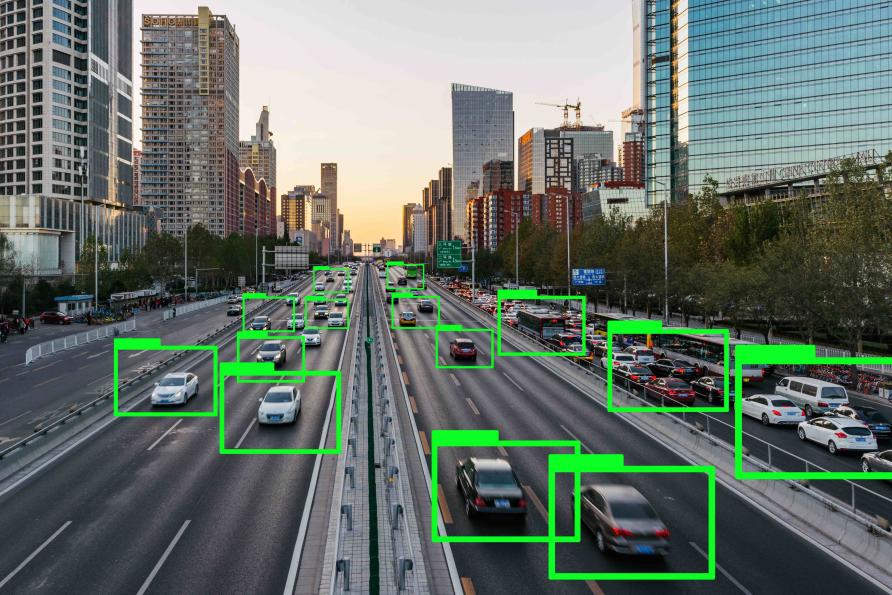The mind-blowing discoveries of 2018

From new exoplanets and recent discoveries in the fight against cancer, to the #MeToo movement and our economic wellbeing – 2018 has been a big year for research and discovery.
We’ve asked some of the experts at the University of Melbourne to tell us about the most eye-popping, dazzling or surprising research they’ve seen this year and what makes it so important.
Here’s Part One.
Associate Professor Global Health Grant Blashki, Nossal Institute For Global Health & Melbourne Sustainable Society Institute:
You may have heard a lot about the promises of gene editing, but this year it was most exciting to see the editing of kidney stem cells by researchers at the Murdoch Children’s Research Institute (MCRI).
Kidney disease in children can have a devastating impact on their quality of life, requiring dialysis or kidney transplants, and around half of these type of kidney problems have a genetic origin.
Researchers including nephrologist paediatric Dr Tom Forbes and colleagues published in the American Journal of Human Genetics their new research showing that they were able to edit a mutation in the stem-cell genes, which then manifested in a correction of the misshapen kidney cells in the mini version of the kidney that was subsequently grown.

The researchers, from a number of centres on the east coast of Australia, were able to grow miniature kidneys from stem cells and then compare a diseased kidney with a kidney that had been grown from the genetically altered stems cells.
Although this new research doesn’t immediately solve the kidney condition for those many young kidney patients hoping for cure, it’s a crucial step towards highly tailored personalised gene editing treatments that’s getting closer every year.
Dr Mark Triffit, School Of Social And Political Sciences:
This apparently arcane piece of mathematical research came to light recently but it’s global implications are huge. It confirms not only another global financial crisis is inevitable; it predicts GFC 2.0 will make the 2008-09 financial crash look like a picnic.
Financial leaders have acknowledged another GFC is inevitable at some point. But multifractal analysis by mathematicians from the Institute of Nuclear Physics of the Polish Academy of Sciences in Cracow not only narrows down when the next crash will occur, it concludes its scale will be truly catastrophic.
Their research analysed a key indicator of market stability (called the Hurst exponent) against US stock market data since 1950. It found markets were still struggling to return to stability a decade after the GFC. This, according to the researchers, is creating the conditions for a “highly probable hyper-crash” in the mid 2020s.

The extraordinary aspect about all this is that few people are thinking through the implications of a global financial meltdown on this scale.
It’s highly unlikely governments will have the means to mitigate the impacts of the next crash as they did during and after the 2008 GFC. This means the next global financial firestorm will be largely unchecked, with the result being huge economic dislocation and massive political unrest.
This raises the real possibility that economic and political systems across the globe will be fundamentally remade as a result.
Dr Niels Wouters, Microsoft Research Centre For Social Natural User Interfaces:
2018 seems to have been the year when society has become aware of the challenges that some new technologies introduce. Many issues have been laid bare in news reports, documentaries and academic publications.
It’s unfortunate though that we only seem to have learned it the hard way, by being confronted with scandals like Cambridge Analytica manipulating election outcomes, Amazon algorithms showing gender bias and growing concern about the continuing development of the Chinese social credit system.
What is hopeful is that there seems to be growing consensus – not only among policymakers, academics and technologists, but large parts of society – that we need to be sceptical of the move-fast-and-break-things trend in current technology development.

Instead, we seem to have finally recognised the need to adopt more open and democratic processes that stimulate the progress of humanity.
Here, it’s particularly encouraging to see how various global initiatives contribute to the development of a roadmap for responsible innovation, including the Australian Human Rights Commission’s paper on Human Rights and Technology.
However, we should not sit back. Other dominant forces are at work showing us that we should remain alert to other significant challenges – like anti-encryption laws that risk jeopardising freedom and privacy protections.
Dr Ee Ling Ng, Faculty Of Veterinary And Agricultural Sciences:
The year 2018 will go down in my memory as the year of the Soil Renaissance.
It was a year the mainstream media took interest. From The Guardian reporting ‘Look after the soil, save the Earth: farming in Australia’s unrelenting Climate’ and Land degradation threatens human wellbeing, major report warns; to The New York Timesasking ‘Can dirt save the Earth?’ and telling us that New York’s treasure is not buried under the dirt, it is the dirt. And the Huffington Post telling the inspiring story of the battle in Spain to save their ‘dying’ soil through a restoration project.
Soils, as important as they are to addressing the biggest environmental, health and social issues humanity is faced with, rarely capture the attention of the public – particularly when faced with mass extinctions, oceans of plastics and political anarchy.

The fact is two-fifths of the world population are already affected by land degradation and some 24 billion tonnes of soil are lost each year. But I am purposefully optimistic, because if the public are listening to what the media is saying, then the tide is turning.
Professor Alistair Royse, Deputy Director Of Surgery, Melbourne Medical School:
There are more microbiological cells within each person than the total of their own cells. Little wonder then that scientists are exploring the effect of the “microbiome” on body functions – in particular the effect on the immune system.
Novel mechanisms appear to be emerging which could help to explain why two people eating similar foods or ingesting the same medicine can have differing systemic effects – even toxic effects.
Most notably, the microbiome may be involved in the causation or modulation of autoimmune disorders. This may well link in well to the emerging field of “personalised medicine” whereby measurements of a person’s genetic – and possibly biological colonisation – could lead to alterations in the use, dose or type of pharmaceutical agent prescribed; or indeed the selection of particular treatments.
Also of interest is how the microbiome may change over the lifetime of a person and how this may contribute to the development of diseases or even of the ageing process.
This article was published by Pursuit.
Open Forum is a policy discussion website produced by Global Access Partners – Australia’s Institute for Active Policy. We welcome contributions and invite you to submit a blog to the editor and follow us on Twitter, Facebook, Linkedin and Mastadon.











